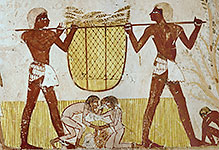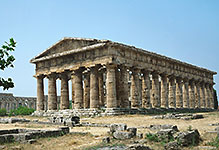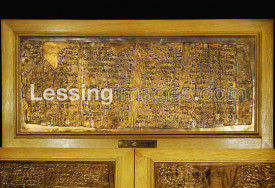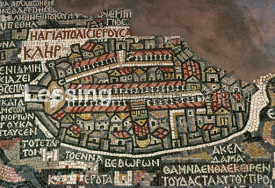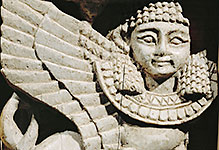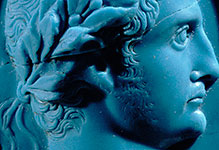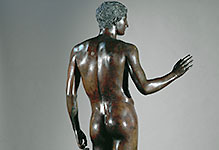
Antiquity
Ancient Egypt, Ancient Greece, Imperial Roman Period, Ancient Middle East.

#03030225
Stèle funéraire peinte de Sidon (painted funerary stele). 2nd-1st century BCE;...

#03030226
Stèle funéraire peinte de Sidon (painted funerary stele). 2nd-1st century BCE;...

#03030227
Stèle funéraire peinte de Sidon (painted funerary stele). 2nd-1st century BCE;...

#03030228
Stèle funéraire peinte de Sidon (painted funerary stele). 2nd-1st century BCE;...

#03030229
Assyrian slingers attacking the Judean fortified town of Lachish (battle 701 BC...

#03030230
Leaving for the hunt with dogs and cages. Stone bas-relief (7th BCE) from the p...

#03030231
Clay model of a sheep's liver (used by experts in divination). Old Babylonian,...

#03030233
Emperor Valerian (ca. 200-260 CE) kneels in front of Sassanid King Shapur I (24...

#03030235
Statue of Nofret wearing a wig and bead necklace (detail). Painted limestone st...

#03030236
Satue of Pharaoh Mycerinos (2485-2457 BCE, aka Mykerinus, Menkaura). Alabaster s...

#03030237
Relief of a harvest scene from the mastaba of Ipi. Saqqara, Egypt; Old Kingdom...

#03030238
The Doctor. Wodden statue from Saqqara, Egypt. Old Kingdom (5th dynasty).
